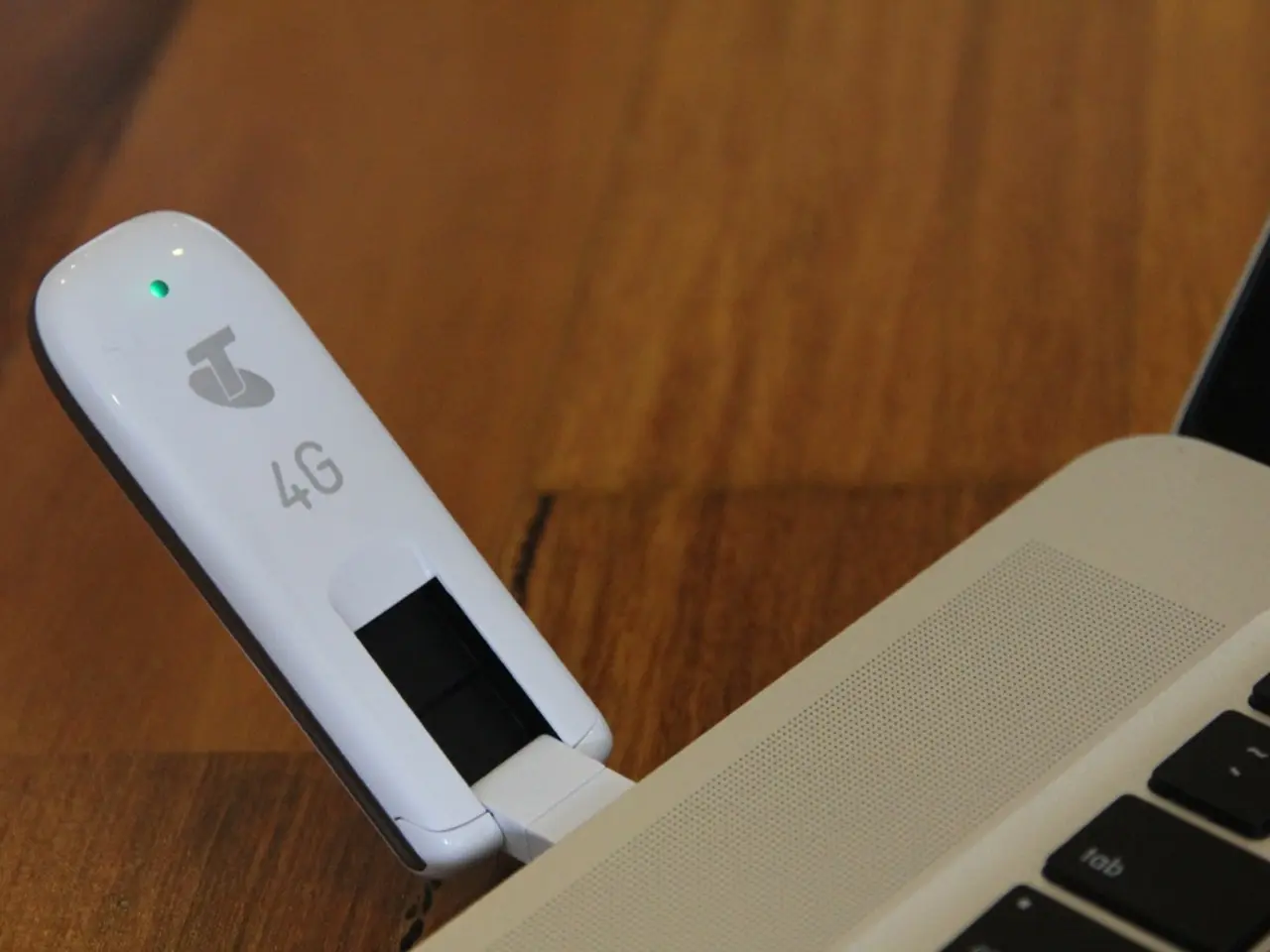Communications Layer in OSI Framework
The Data Link Layer, a fundamental component of the Open Systems Interconnection (OSI) model, plays a crucial role in ensuring reliable data transfer between devices within a local network. This layer, operating at Layer 2, is responsible for packaging raw bits from the Physical Layer into frames, detecting and correcting errors, and controlling access to the shared medium.
Key functions of the Data Link Layer include framing, error detection and correction, flow control, medium access control, and addressing. Framing involves converting raw bits received from the Physical Layer into structured data frames for transmission and vice versa. Error detection and correction mechanisms, such as CRC, are employed to detect errors in transmitted frames and attempt correction or request retransmission. Flow control prevents the sender from overwhelming the receiver by regulating data transmission speed, while medium access control ensures that multiple devices share a communication medium orderly, coordinating access through protocols like CSMA/CD (Ethernet) and token passing. Addressing uses physical (MAC) addresses to identify devices within the same local network segment.
The Data Link Layer comprises two sublayers: the Logical Link Control (LLC) and the Media Access Control (MAC) sublayer. The LLC sublayer manages communication between devices, flow control, and error control, primarily using the IEEE 802.2 protocol. The MAC sublayer, on the other hand, controls access to the physical transmission medium and maintains addressing, utilising standards like IEEE 802.3 (Ethernet), IEEE 802.5 (Token Ring), and IEEE 802.4 (Token Bus).
Devices operating at the Data Link Layer include switches, bridges, and Network Interface Cards (NICs). Switches forward frames based on MAC addresses, enabling network segmentation, while bridges connect multiple network segments at the data link layer and filter traffic based on MAC addresses. Some NICs also operate at this layer by managing MAC addressing and framing.
The Data Link Layer facilitates local area network (LAN) communication, provides error-free transmission over physical links, and enables protocols like Ethernet to function efficiently for device communication within a LAN. However, it has certain limitations. Data Link Layer communication is limited to directly connected nodes; it does not handle routing or end-to-end communication across multiple networks, which is the Network Layer’s responsibility. Bit synchronization and physical signaling are outside its scope and handled by the Physical Layer. Error correction capabilities are generally limited and often rely on retransmission rather than complex correction. The Data Link Layer does not manage logical addressing (IP addressing) or routing.
In summary, the Data Link Layer ensures orderly, reliable node-to-node transfer of data across a physical network segment by framing data, managing errors, and coordinating medium access via its MAC and LLC sublayers while being limited to local communication without routing functions. It plays a vital role in enabling efficient communication within a local network, facilitating the operation of switches, and providing a foundation for protocols like Ethernet. However, it is important to note that the Data Link Layer operates only within a local network and cannot handle end-to-end communication across different networks.
- In the realm of improving network efficiency, advanced data structures and algorithms like trie and sliding window could be utilized to optimize data frames at the Data Link Layer, potentially enhancing error detection and correction mechanisms.
- As we delve deeper into technological advancements, future Data Link Layer implementations might incorporate Artificial Intelligence (AI) and Machine Learning (ML) algorithms to predict errors, thereby further enhancing the reliability of data transfer within a local network.
- To safeguard against malicious activities at the Data Link Layer, algorithms and strategies derived from the field of cybersecurity can be integrated, such as cryptographic techniques for secure authentication and access control between devices.




